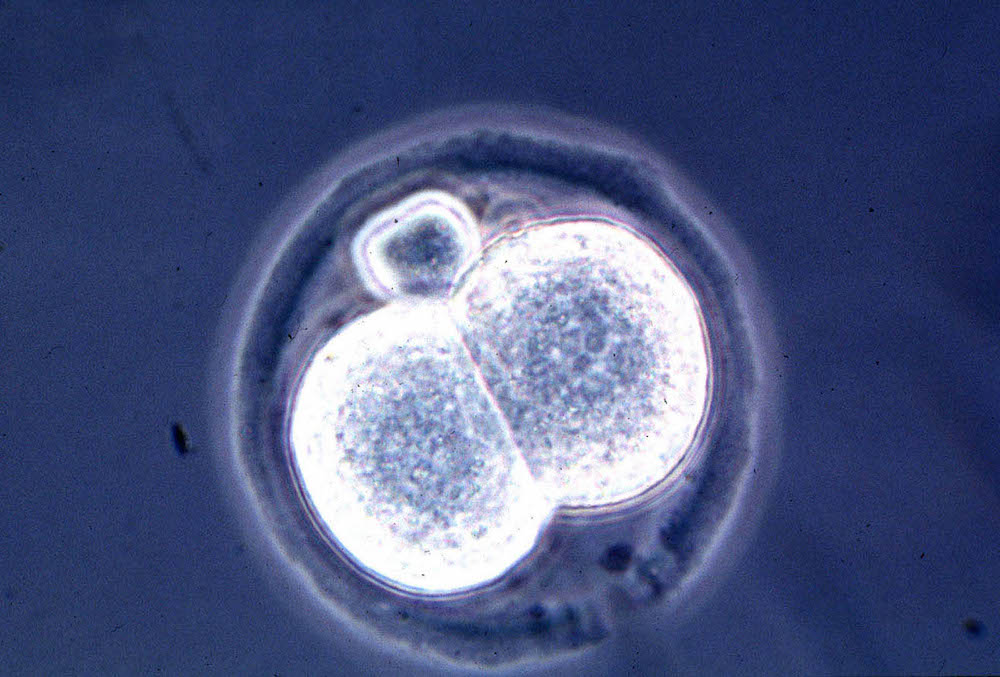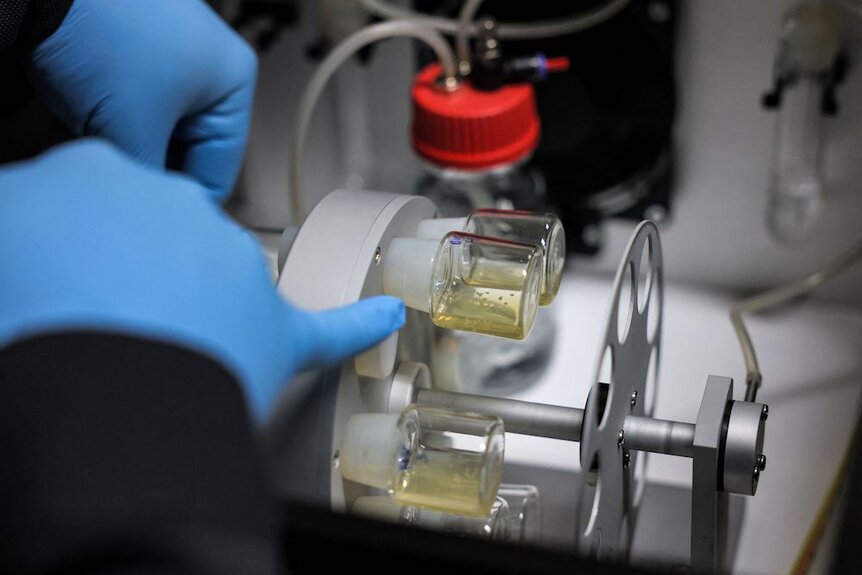Create a free profile to get unlimited access to exclusive videos, sweepstakes, and more!
Mouse embryos from scratch, no sperm or egg required
If you want to build a mouse from scratch, you must first invent the universe. Then, a wicked incubator.

Cloning and genetics were all the rage in the 1990s, so it’s no surprise that a novel like Jurassic Park, and its subsequent movie adaptation, took the world by storm. It introduced the staggering potential of these technologies, albeit in an admittedly dramatic but incredibly fun way.
In the film, it’s explained that scientists took dinosaur DNA preserved in the bodies of mosquitos trapped in amber and combined it with frog DNA to fill in the missing pieces. What’s unclear from the movies is what happened next, in the lab. Generally, when scientists clone an animal, they take DNA from a mature somatic cell and insert it into an egg which has had its own DNA and nucleus removed. That egg must then be transplanted into a surrogate animal which will do the heavy lifting of incubating and supporting the embryo while it develops.
There are plenty of problems with this method if you’re hoping to resurrect a dinosaur — or any long-extinct animal — not the least of which is that DNA doesn’t preserve inside animals in amber over long enough timescales. Perhaps more important is the fact that there are probably no suitable living organisms which could serve as a surrogate for the gestation of a dinosaur.
At least when it comes to sexually reproducing animals, nature requires that we have genetic material from two parenting individuals as well as a womb. Building an animal from scratch would require sidestepping both of those requirements, something which has been a particular challenge because we largely don’t understand precisely what’s happening inside an embryo while it’s developing. Now, scientists at the Weizmann Institute of Science, along with colleagues, have taken some drastic steps toward solving these problems. Their results were published in the journal Cell.
The new study builds on previous work from the same team in which they developed an incubator which supports the growth of mouse embryos outside the womb. The incubator works like a Ferris Wheel, rotating embryos inside small bottles of liquid, and its that movement which appears to be important for their development and survival.
That previous study used fertilized mouse eggs not unlike ones which might have been created in ordinary reproduction, but the new work couples the incubator with a method for generating embryos without any sperm or eggs. If you know the least bit about biology, you’re probably aware that creating an embryo typically requires those two base ingredients, at least in sexual species. That is no longer the case. Instead of using sperm and eggs, the team took embryonic stem cells and combined them with other stem cells which had been genetically modified to grow tissues outside of the womb. Those collections of cells were grown in culture for the first five days before being transferred to the bioreactor.
By the eighth day, the researchers’ synthetic mouse embryos resembled naturally derived embryos of a similar age and exhibited complex structures including a heart, differentiation at the head and tail, and regions corresponding to muscles and a brain. However, at that point the synthetic embryos stopped developing and researchers aren’t entirely certain why. Still, getting them even that far is impressive considering that the typical gestation period for a mouse is only 20 days.
Despite their successes, we shouldn’t expect a new breed of lab-grown mouse running around our homes or for sale in pet stores anytime soon. The team notes that their synthetic embryos are distinguishable from natural embryos in that they don’t have the ability to reach full viability. Yet.
They could, however, provide a novel window into the processes at work inside of an embryo while it’s developing and shine a light on how, when, and why birth defects occur. Future work will focus on extending the development of synthetic mouse embryos as well as duplicating their efforts using human stem cells.
We might not be ready to grow an animal from scratch yet — be it mouse, human, dinosaur, or otherwise — but if there’s one thing we know for sure it’s that given enough time and resources, science finds a way.



























